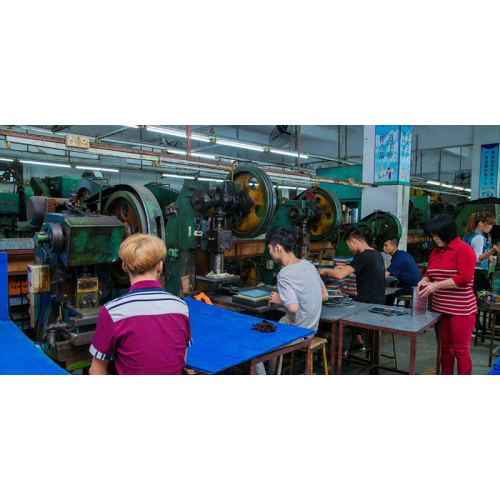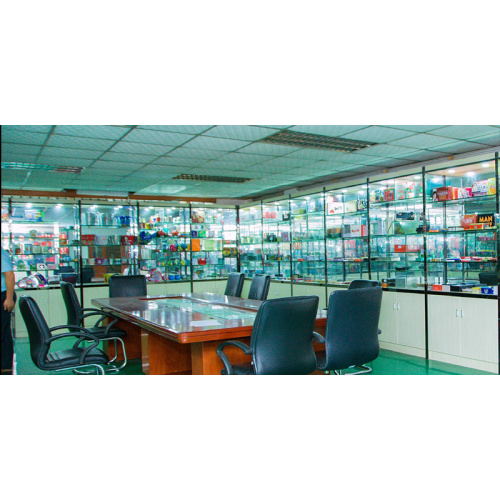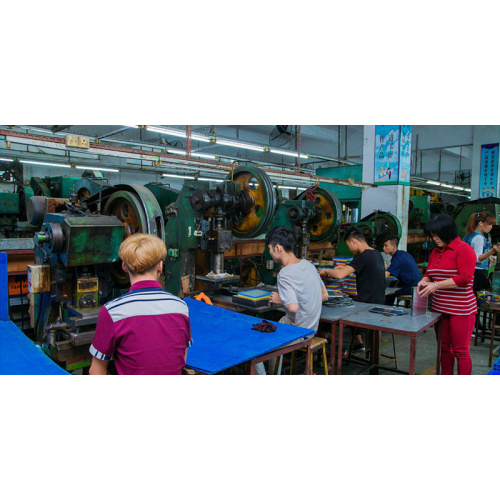High-fidelity printing technology entered the production workshop from the expert's laboratory in the late 1990s, marking the printing industry striding into a new era. The ability of modern computers to perform high-speed computing and software mass storage retrieval helps scientists to further understand the characteristics of color, grasp the key technologies for copying colors, and correct the lack of original printing theory and technology, and completed high-fidelity color separation technologies. Today, the application of high-fidelity printing technology is just as convenient as the application of conventional four-color printing technology, and can greatly improve the quality of printing.
With the maturation of the consumer goods market, the competition in the industry is becoming increasingly fierce. The packaging and printing industry must rely on technological advancement, accelerate the pace of improving the quality of printing, and strive to improve the color expression and clarity in order to help the product to remain unbeaten in terms of packaging. place. High-fidelity color printing technology is the application of new color separation theory and technology, breaking the limitations of the conventional four-color printing color gamut, and correcting the brightness characteristics of the printing color, so that the visual effect of printing color is closer to the effect of natural real colors, print color More vivid, richer levels, more three-dimensional. High-fidelity color printing products represent the highest quality of printing and copying, are more suitable for the performance of elegant and noble temperament, producers' pursuit of perfection, and operators' quest for excellence.
People's recognition of natural scenery can not be separated from the shape and color. Nature scenes cannot be directly printed and reproduced. The shape and color must be recorded on a flat medium such as a photosensitive material by means of an imaging device to form an analog quantity of color, or recorded in a photoelectric conversion device such as a CCD, and a digital quantity of a color is directly generated. Can be used for print reproduction process.
In terms of copying a color image, the color can be divided into two parts, namely a color component and a neutral gray component. This decomposition of color is to simulate the human eye's visual perception of color, rod cells feel light and dark, cones feel color. The color perceived by the human visual system is the combined effect of color shade and color perception. The three-dimensionality of the image is represented by the color brightness, with the main influence being the neutral gray component.
Existing imaging photoelectric devices generally decompose the spectral colors of scenes into three components of red, green and blue, forming the color space of the device. Different primary colors are selected, and the color space is different in size, as shown in Figure 1. The greater the brightness and color saturation of the three primary colors, the larger the color space and the smaller the difference between the color described on the spatial boundary and the corresponding spectral color. When the natural scene is image-replicated, the authenticity of the color may be lost due to the limitation of the color gamut of the photosensitive material or the influence of the performance of the photoelectric conversion device. Therefore, for color image copying, selecting an appropriate RGB color space to express the original color is very important for the printing effect to be close to the true color of the natural scene.

Figure 1: The gray part indicates the color outside the CMYK printing color gamut
When the colors are printed and reproduced, the range of ink printing gamut will cause the color space to be compressed again, and the linear conversion and color separation algorithms will also change the color tone characteristics. Therefore, the control of the printing color gamut and the selection and optimization of related algorithms are also crucial.
Due to the limitation of color materials and production processes, there is a big gap between the printed color spectrum curve of C, M, Y, and K color inks used in four-color printing and the ideal color spectrum curve. Ink overprint secondary colors CM, CY, MY color effect, especially blue and green, and the ideal color gap is greater. With the existing ink production process, the ink performance is greatly improved, leaving little room for the ink. Therefore, the four-color printing color gamut is hardly greatly expanded. The four-color printing gamut is shown in Figure 2.

Figure 2: CMYK four-color printing gamut
(to be continued)









